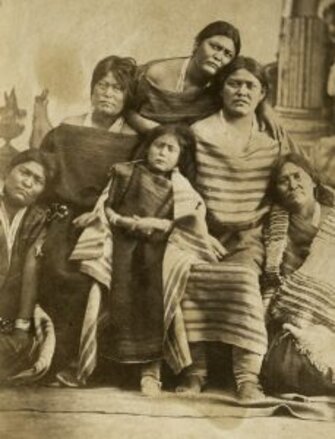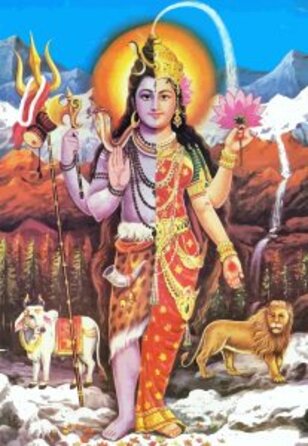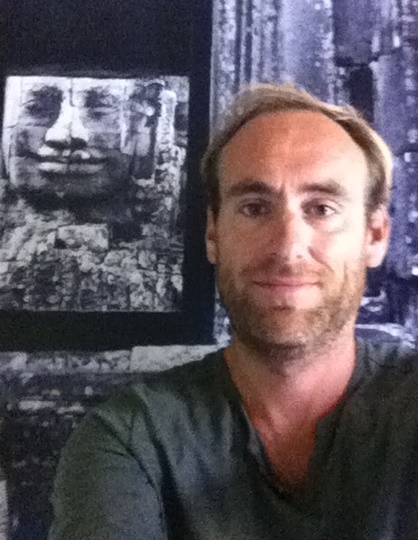Gender in question: traditional societies and gender relations
On the occasion of the International Women's Rights Day, we wonder about the contribution of traditional societies to the study of gender relations.
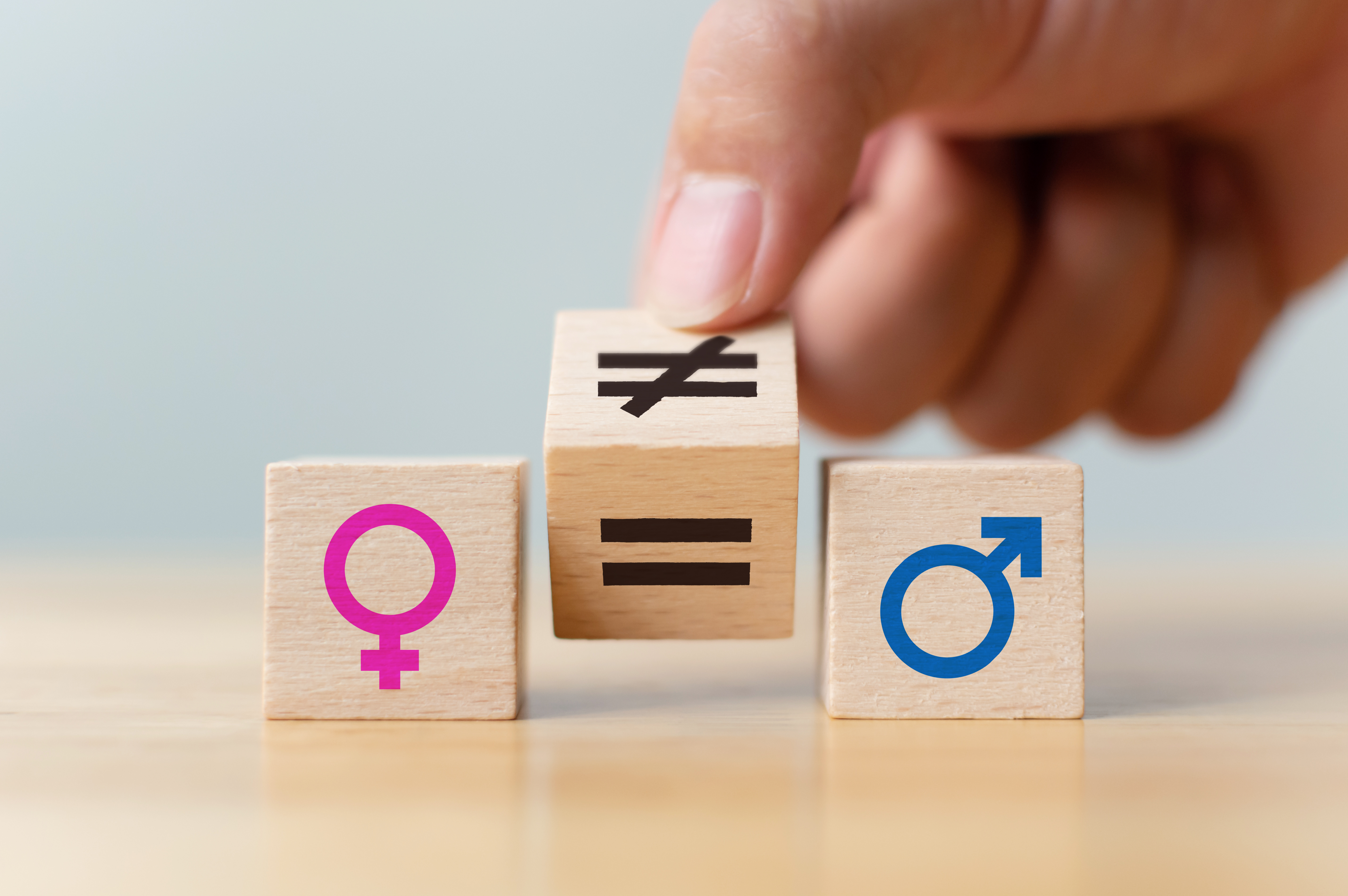
While in Europe, debates on parity are leading to the development of more progressive legislation, in India and China, the practice of female infanticide, like female circumcision in Africa, is a borderline case of violence against women. The extreme diversity of situations encountered in the world with regard to the status of women reminds us that the place of women and the recognition of their rights remain subject to the cultural relativism of each society. But the persistent male domination cannot deny the essential role played, even in the most conservative cultures, by wives, sisters or mothers in many social, economic or religious fields. The realities on the ground reflect the many ways in which women know how to deal with the ancestral principle of male authority and power.
What are the foundations of this hierarchy from one culture to another? With the help of examples from different regions of the world, our two articles (publication de the second part on Tuesday March 23, 2021) attempt to untangle the complex web of gender relations and to sort out preconceived ideas on the subject.
The lessons of ethnology
The ethnography of traditional, Amerindian, Melanesian, sub-Saharan and Australian societies is rich in lessons for our discussion. The social organization of these diverse populations of the globe as well as their representations of male-female relations are indeed singular by their more archetypal character than the modern societies of the post-industrial era. They constitute in this sense the starting point of our study of the cultural manufacture of sexual differentiation. We will choose here to distinguish sex, that is to say the objective and irreducible anatomical difference existing between men and women, from gender which refers to the respective roles assigned to men and women in each society.
The multiplicity of cultures and regional histories leads to the diversity of economies and power games between men and women. It underlines the incredible inventiveness of human societies with regard to the sharing of roles and prerogatives devolved to men and women from a single biological fact. However, this cultural richness contrasts strongly with the monotony of the underlying universal discourse on gender. There remains everywhere, at least in a residual state, the notions of a major sex and a minor sex, that is to say a hierarchy of the genders characterized by an overvaluation of men and a depreciation of women.
The thesis of archaic matriarchy
Faced with the persistent male domination, some 19th century sociologists, including the Swiss Johann Jakob Bachofen (1861)1, wanted to see in this phenomenon the fruit of a slow evolution of humanity that would have led societies from an initial stage of archaic matriarchy to a later development phase of generalized patriarchy. According to this thesis, the first societies would have been characterized by at least two constitutive features. It would be a question, first of all, of the ignorance of the physiological paternity. The ignorance of the quality of the fathers' genitors would have favored the domination of the mothers within the families in front of their spouses reduced to the role of simple companions of life. Then, the existence of cults of mother-goddesses (as archaeology brings multiple testimonies in the ancient civilizations of Mesopotamia, Sumer, Indus, or even the Mediterranean Minoan area) would have reinforced the primacy of women.
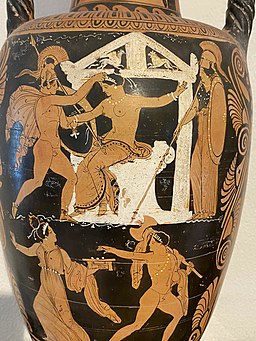
In spite of an evolutionary bias characteristic of nineteenth-century thought, this thesis, though original, is belied by the facts. The political power of women in antiquity remains largely a myth. This assertion does not deny the attested reigns of women as queens, empresses dowagers, or regents, since history offers us numerous examples. On the other hand, it underlines the very minority character of this phenomenon of female power. It should be added that these sovereigns were most often framed, in the exercise of their governance, by a political college almost exclusively male. In such a way that the Amazons of Greek mythology do not find any concrete translation at the historical level, whatever the cultural areas considered.
The end of evolutionism
As for the two main arguments put forward in defence of the thesis of archaic matriarchy, one observation is essential, on the one hand, concerning the mother-goddesses. If women on the religious level are often incensed and venerated through images of procreators, incarnations of fertility, models of prodigality or protectors, these cults do not prevent them from being enslaved at the individual level. This is, for example, frequently the case in India, where the multiplicity of goddesses in the Hindu pantheon coexists in apparent contradiction with the phenomenon of "missing women" linked to the combined practices of female infanticide and foeticide. From this point of view, there is a clear gap between the representations of the feminine, as a concept, and the reality experienced by empirical individuals. On the other hand, the study of societies of this type by ethnologists belies the hypothesis of an ignorance of the father's function in procreation as a potential cause of superiority of wives over their husbands. This is what we learn in particular from the work of the Polish anthropologist Bronislaw Malinowski, carried out in the Trobriand Islands archipelago, off the coast of New Guinea2 in the 20th century. The ethnographic survey demonstrated that the lack of knowledge of biological paternity in this Melanesian society did not in any way diminish the status of men in relation to women. The absence of paternal authority in the Trobriand family was in fact compensated by the pre-eminent figure of the maternal uncle. The example of this island society of the South Pacific shows in short the confusion maintained for a long time between the supposed matriarchies and the matrilineal systems of kinship. This term is used to designate societies in which lineage membership3 is transmitted to the offspring by the mother and not by the father. However, as demonstrated by Trobriand culture, matrilineality is in no way synonymous with feminine power, since the function of head of the family is transferred not to the mother, as 19th century sociologists thought, but to the maternal uncle, the first depositary of filial authority4 with regard to his uterine nephews and nieces. Thus, the thesis of the original matriarchy is no longer valid, and at the same time the secular and generalized nature of male domination is reaffirmed.
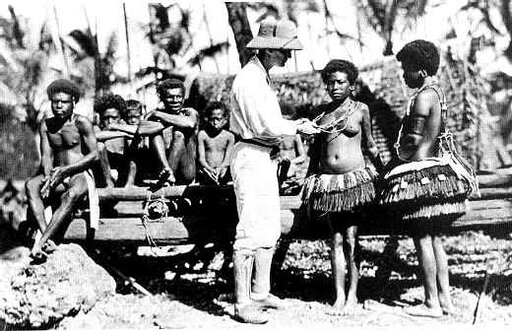
The exercise of force at the foundation of the hierarchy
This theory being set aside, going back to the origins of societies, the underlying question is that of the archaic foundations of the gender hierarchy. Two orders of values come into play here: the practical and the symbolic. First, women are most often excluded from political office because the art of governing traditionally involves the use of violence. The weapons used to wage war or hunt have always been the prerogative of men. However, there are a number of exceptions to this rule, such as the Kurdish women Peshmergas5 currently engaged in extremely violent combat in Kurdistan. We can also cite the example of many Amerindian tribes whose women used to accompany their husbands to hunt or to war. Closer to us, in the Gallic society, young concubines followed in the same way their companion in military campaign. However, this relative freedom of movement ceased as soon as they had given birth and were confined to the home in order to look after the well-being of their offspring. This limiting function conferred on young mothers gives us a key to the enigma of male domination: the constraints of motherhood around the issues related to the child, guarantor of the group's durability. In the end, it is more the will to control and ensure the reproduction of the lineages to which women are given as wives, than an alleged physical handicap of women in relation to men (lesser stature, size or strength) that regulates their customary exclusion from political functions6.
Reversing biological reality
The second dimension of sexual discrimination lies in the symbolic issue of assigning women to subordinate functions. It is above all a question here of reversing the biological deal, because in fact, women are not affected by any natural inferiority compared to their companions, far from it. For example, the infant mortality rate of boys is universally higher than that of girls. The life expectancy of women, on average 4.2 years higher than that of men on a global scale (72.6 years versus 68.4 years7), confirms this lesser physical endurance of the male sex. This undeniable biological fact clearly contradicts the thesis of the anatomical basis of male domination. In reality, everything is based on culturally constructed representations that wrongly emphasize the anatomical differences between the sexes and govern gender relations. By praising strength, societies give primacy to the masculine, whereas they would give women the advantage if they favored resistance or endurance.
But the most significant natural superiority of women is undoubtedly their ability to give birth, which the male unconscious envies, as it also covets their capacity for sexual pleasure, which is superior both in intensity and quantity. This is why many societies, in order to neutralize this double biological evidence, hold a depreciating discourse of untruth on maternity and female sexuality. This is the case, for example, of the Navajo Indians of Arizona, who minimize the role of mothers in conception by reducing their function to that of simple passive receptacles of the fetus. In their collective representations, it is in fact the father's seed that is deemed to create the child, which generates the need to have frequent sexual intercourse during pregnancy in order to nourish the growth of the foetus.
But the ethnography of the Baruyas of New Guinea studied by the anthropologist Maurice Godelier8 provides us with without question the most obvious illustration of the relegation of women in the discourse on procreation. Among this mountain people, who remained almost autarkic until the 1950s, the breastfeeding of boys by their mothers during their early childhood is followed, at the threshold of adolescence, by a form of breastfeeding, this time initiatory, with the sperm of the elders. Beyond the undoubtedly shocking nature of the practice, the underlying idea is that the child will acquire its adult constitution thanks to the ingested sperm. This custom undermines true breastfeeding even more, as the Baruyas affirm that mother's milk can only nourish the newborn child if the mother has previously swallowed the father's sperm. In fact, the men of this tribe succeed by this means in the double ideological and rhetorical coup de force of attributing to themselves the essential symbolic credit of childbearing, while at the same time fixing the frequency and the nature of their sexual relations with their companions.
In short, the masculine deploys a great deal of inventiveness to redefine his relationship with the female sex. He tries to compete - as the men of certain Australian aboriginal tribes do by incising their sex in order to imitate the menstrual cycle - or, at worst, to dominate, eventually resorting to violence, as do many societies in sub-Saharan Africa, the Middle East or South and Southeast Asia, which still practice excision.
Women as central actors in economic life
However, it would be unfounded to reduce the problem of gender relations to an exclusive mechanism of female alienation. In this sense, the numerous economic and social fields in which women in traditional societies impose themselves show that they cannot embrace the sole maternal function. This is the case, for example, when they manage domestic finances, ensuring through their pragmatism and economic activism (crafts, services, trade) that they provide their families with additional income. This observation inspired the microcredit policy of the Grameen Bank since its foundation in 1976. From an ethical and social point of view, lending to women is first and foremost a way for them to become emancipated through work. Moreover, we observe that they conduct their activities primarily to improve the daily life of their households, whereas men are less altruistic with their income. Secondly, in terms of economic profitability, the recovery rate of loans held with women by the Bangladeshi institution varies between 95 and 97%, an average repayment rate higher than that of men (between 72% and 83%). In other words, lending to women is safer than investing in men.
However, this intervention of women in the economic domain is by no means a modern phenomenon, as shown, for example, by the place of matrons in Iroquois society in the 17th and 18th centuries in the Great Lakes region. These Amerindian women had the power of obstruction in the councils of war, thanks to their double function as providers of food and managers of the stewardship in the war campaigns. This veto power, in an eminently political activity, was given to them because of their control of all agricultural tasks within the five Iroquois nations. Although hunting was more valued and by definition reserved for men, it was agriculture, which was more productive, that covered the essential food needs of this society. In this sense, the high status of Iroquois matrons was a direct result of their predominant economic role. This Amerindian culture thus recognized a true complementarity between men and women without seeking gender equality.
The Confucian bias
Another eloquent illustration of this hierarchy of functions and interdependence of the sexes is presented to us by traditional China, through the representation of the relationship between the Yin and the Yang, masculine and feminine principles. The image translates well the idea of a balance between the sexes with the fact that each one carries within it the germ of the other, so that the deficiency of one of the two terms necessarily reflects on the world, the family, the couple. But this is a hierarchical regulation which does not mean equality, because since Confucius (6th century BC), an unquestionable superiority is granted to man. This is clearly expressed in the table below which associates, in a typically Confucian ethic, a certain number of values to Yin and Yang.
Yin | Yang | ||
| Black | 黑 hēi | White | 白 bái |
| Dark | 暗 àn | Light | 亮 liàng |
| Night | 黑夜 heī yè | Day | 白天 bái tiān |
| Moon | 月 yuè | Sun | 日 rì |
| Winter | 冬 dōng | Summer | 夏 xià |
| North | 北 běi | South | 南 nán |
| Left | 左 zǔo | Right | 右 yoù |
| Earth | 地 dì | Sky | 天 tiān |
| Woman | 女 nǚ | Man | 男 nán |
| Empty | 虛 xū | Full | 實 shí |
| Introversion | 內 nèi | Extraversion | 外 wài |
| Passive | 被動 bèidòng | Active | 主動 zhǔdòng |
| Even | 偶 oǔ | Odd | 寄 jī |
The opposition between light and dark, transcendent (heaven) and mundane (earth), right and left, or active and passive, establishes the primacy of the male Yang over the female Yin.
Hinduism and the ritual role of wives
In a very comparable way, the Hindu religion pairs the great gods of the pantheon with goddesses (Vishnu with Lakshmi, Brahma with Saraswati, Shiva with Parvati...) who are subordinate to them. However, no male deity can endure without the agency of the female energy at his side, the shakti. The god is inoperative without his parèdre. He remains a potential that the female power has the task of awakening. In the same way, in married life, the married man cannot accomplish any central ritual of his adult life without the presence of his wife who, through her shakti, gives the sacrifice its performative function. These oblations are essential to the head of the family, the master of the house (grihasta), who must fulfill his three fundamental birth debts to the gods, the visionary sages of Vedic times, and his ancestors. The wife should therefore be recognized as having a form of priesthood in her ritual intervention with her spouse.
A comparative perspective of these cultures with the modern societies of the post-industrial era will reveal to us that the ideas of equality of the sexes and parity, which are gradually imposing themselves in the West as the contemporary declension of the ideals of the Enlightenment, appear to be relatively young values and still too much of a minority in human history.
In a second article, to be published soon, we will examine contemporary developments in female emancipation in the Middle East, Asia and the West (United States, France and Scandinavian model).
1 Johann Jakob Bachofen, Du Règne de la Mère au Patriarcat, PUF, Paris, 1938.
2 Bronislaw Malinovski, Les Argonautes du Pacifique Occidental, Gallimard, paris, 1989.
3In descent from a common ancestor.
4 As if he was the father in other companies, while his relationship with his nephews and nieces is not filial but avuncular.
5 The example is particularly noteworthy in that these Kurdish battalions may be composed exclusively of female fighters.
6 It is understandable, however, that the juvenile phase of a child's development makes it very difficult for a mother to travel to theaters of conflict. In comparison, paternity is rarely a legitimate reason for exemption from participation in combat.
7https://www.cia.gov/the-world-factbook/countries/world/#people-and-society
8 Maurice Godelier, La Production des Grands Hommes : pouvoir et domination masculine chez Baruya de Nouvelle Guinée, Ed Flammarion, Paris, 2003.

